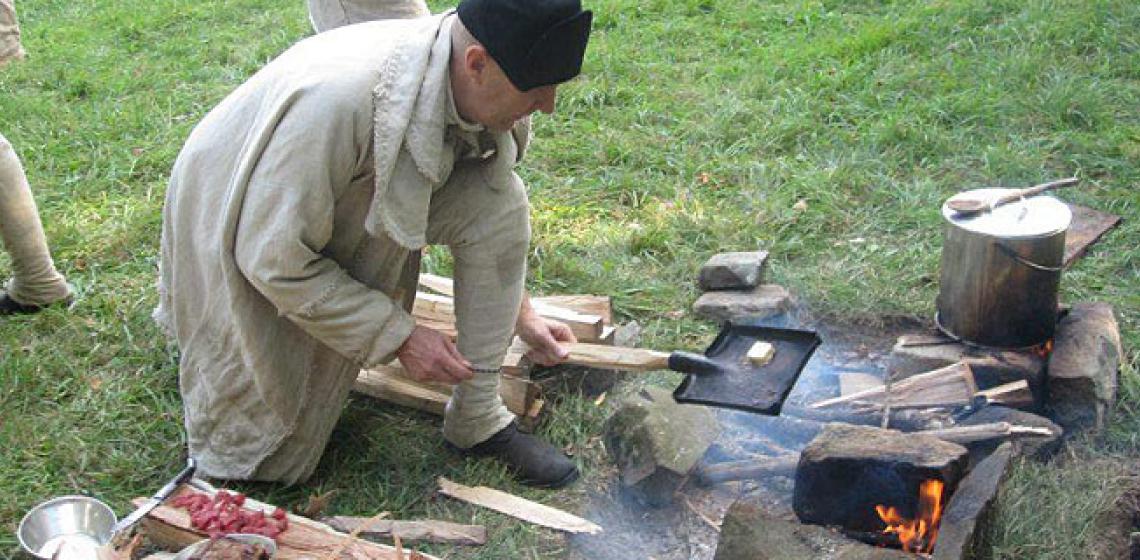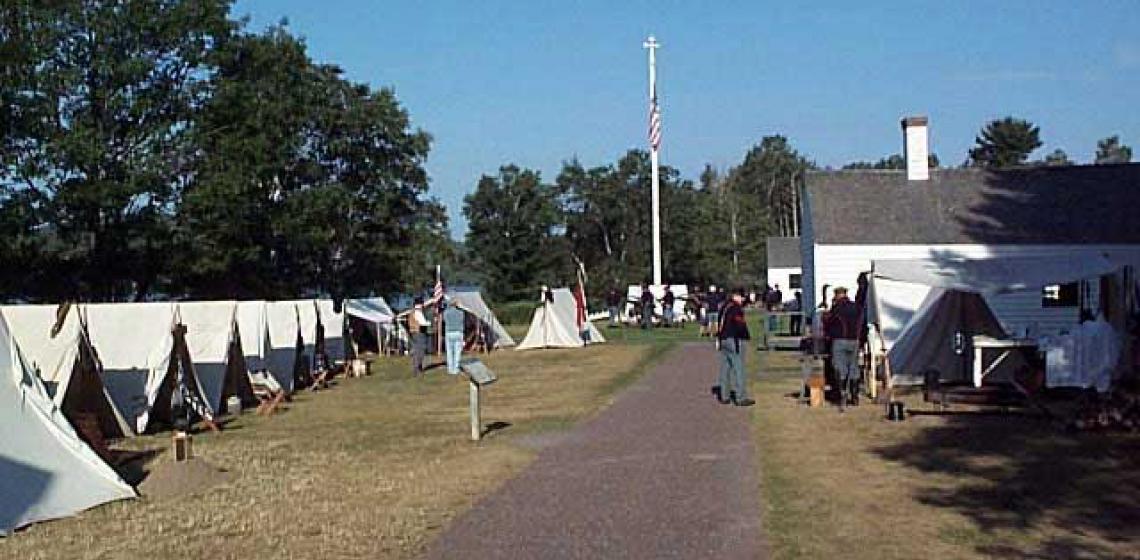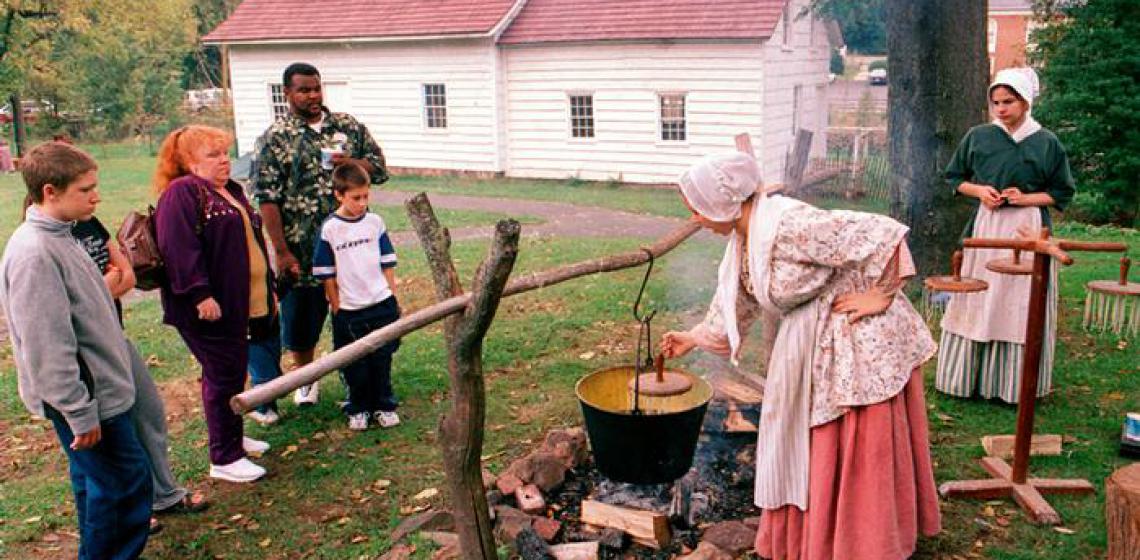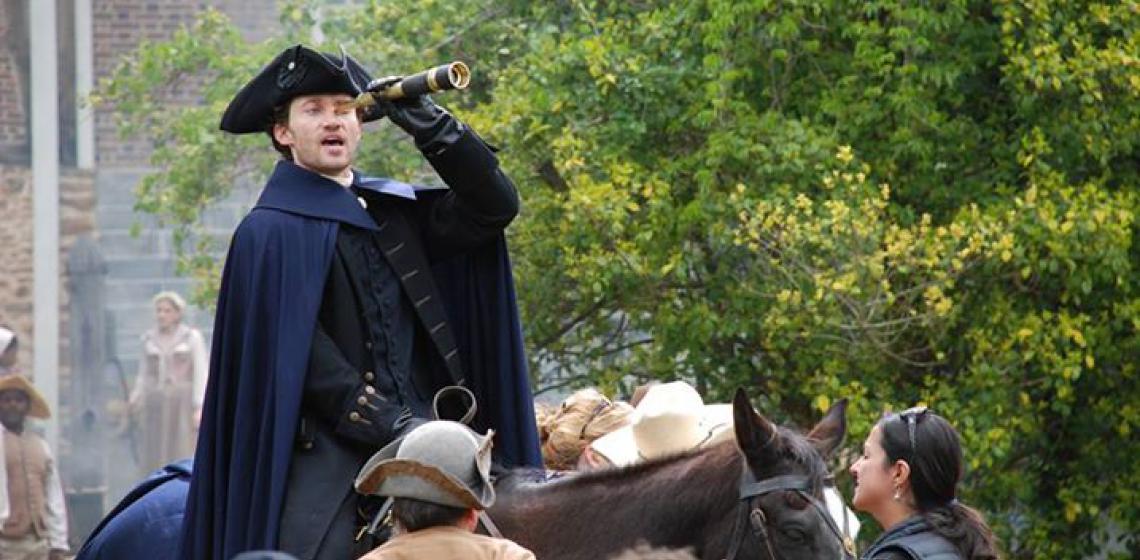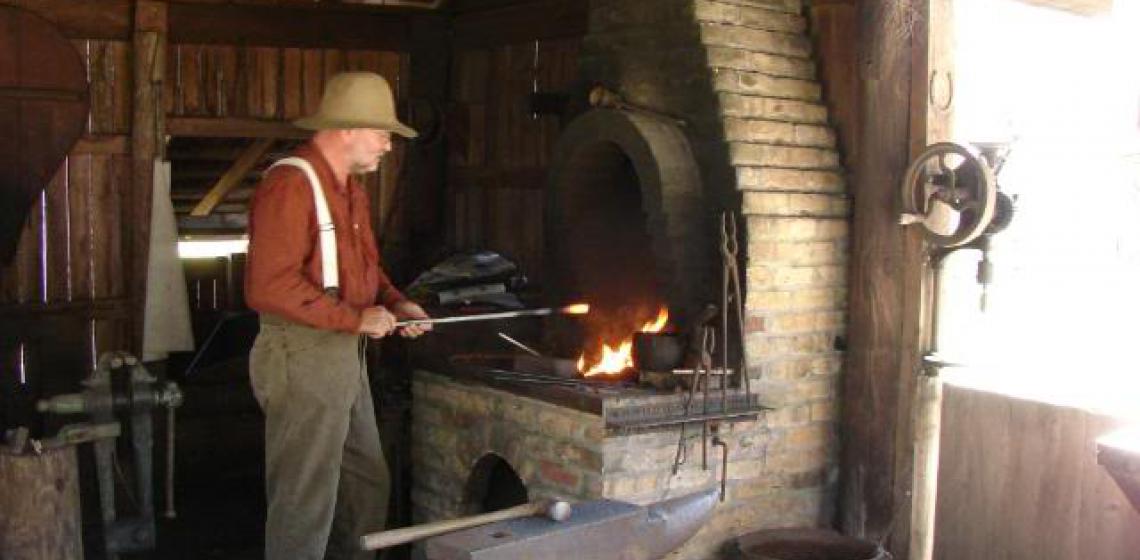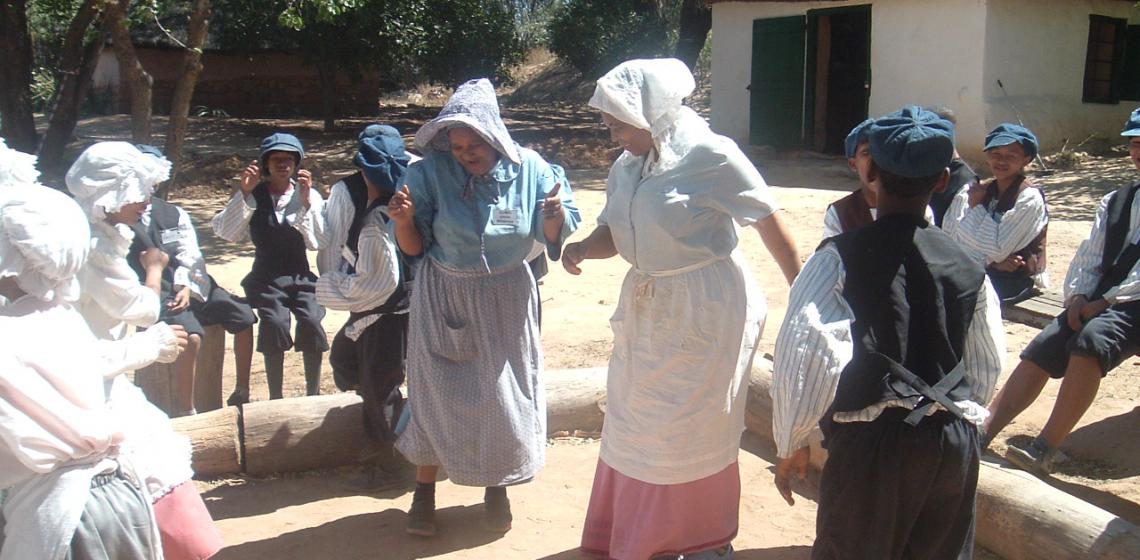Historic Eastfield Foundation (East Nassau) (US)
Historic Eastfield is a recreated early American village, and home to the Annual Series of Early American Trades and Historic Preservation Workshops.
Historic Eastfield is a recreated early American village, and home to the Annual Series of Early American Trades and Historic Preservation Workshops.

